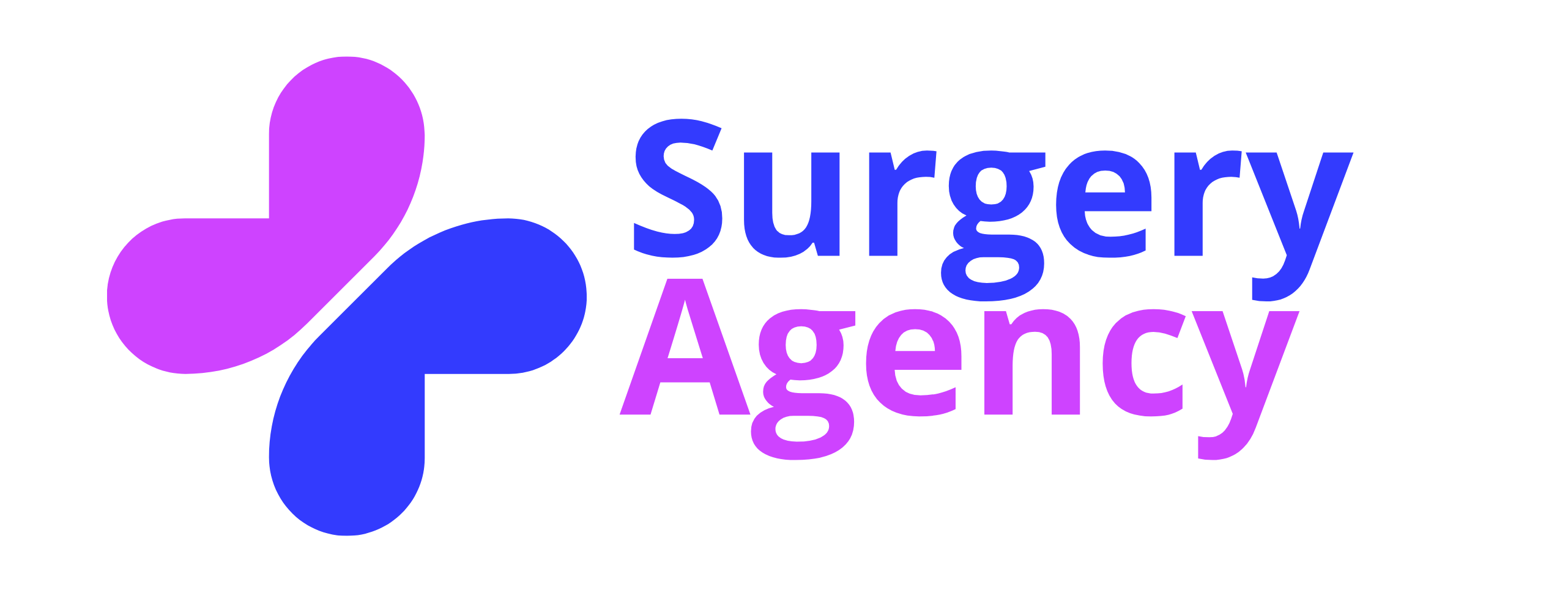Genioplasty
WHAT THERE IS TO KNOW
Genioplasty Tunisia is a type of surgery performed on the chin. Plastic surgeons and maxillofacial surgeons can perform this type of procedure.
Genioplasty or mentoplasty in Tunisia is most often cosmetic surgery, which means that people choose to undergo it because of its appearance and not a medical problem. As a result, she is often not covered by health insurance or social security. The operation is recommended if there is:
An advancement or progression of the chin (chin in galosh)
A recoil or displacement of the chin backwards (receding chin)
What are the different types of genioplasty?
There are two main types of genioplasty: sliding genioplasty and chin implants.
Mentoplasty by osteotomy
Considered a maxillofacial surgery, genioplasty or mentoplasty by osteotomy involves cutting the chin bone from the rest of the jaw and moving it to correct a deficiency in the chin. This is also called bone genioplasty.
This type of genioplasty is recommended for people suffering from severe retrogenia (chin chin) or for people whose chin is too far from the rest of the face. It can also help correct chins that are pushed too far forward and too long.
Implant placement
Chin implants can be used to reshape, enlarge or advance the appearance of the chin. This can be done by prostheses or by fat injection.
Surgical chin augmentation involves implanting a plastic material into the receding chin and bonding it to the bone. Alloplastic implants (those made from synthetic materials) are the most common.
Non-surgical chin augmentation involves the use of needles to inject fillers, such as body fat, to improve the appearance of the chin.
How is the chin surgery performed?
This intervention takes place under general anesthesia. To begin, the surgeon lowers the lower lip and cuts the lower lip gum below the lower teeth.
Then the soft tissues are separated from the chin bone. The surgeon uses a saw to cut a small vertical line at the chin as a reference. The bone thus remains straight when it is moved forwards or backwards.
The surgeon then makes a horizontal cut along the chin bone. If you have a receding or narrowed chin, the doctor also cuts a piece of bone for you. They then slide the bone forwards or backwards and attach screws and possibly a metal plate to make sure it stays in place.
How is receding chin surgery performed?
To insert a chin implant, the surgeon may make an incision inside the mouth or under the chin. Prior to the operation, the surgeon will have sculpted the implant into the correct size and shape so that it is ready to be inserted.
There are different types of prostheses used for the chin, such as silicone, Teflon and polyethylene. The latter is a new material that is becoming increasingly popular because it has “pores”, which allow the tissue to adhere to the implant rather than around it. The implants are glued to the bone using screws.
Once the material is implanted, the surgeon sews up the incision. This procedure can last from 30 minutes to three hours.
If you choose to have a non-surgical implant, your doctor may inject dermal fillers or some of your own fat after liposuction.
Recovery after mentoplasty
Performed in Tunisia or elsewhere, genioplasty is a painless plastic surgery, with the exception of certain procedures performed on the lower jaw and lower lip.
Genioplasty is part of symmetrical facial surgery which requires a convalescence of 4 to 8 days in case of prosthesis.
In case of bone manipulation, it requires 15 days of convalescence and the application of a modeling compression cast on the operated area.
In addition to the modeling plaster, the patient is asked to maintain impeccable oral hygiene by using a climbing mouthwash.
Within 48 hours after the operation, facial edema may appear, which will gradually disappear in 8 days. The final result of a genioplasty is visible 15 days after the operation.
The surgeon will advise you to postpone your sports activities for a month after the operation.
During the first postoperative days, the patient will have to follow a semi-liquid diet.
A post-operative consultation is necessary to evaluate the results of the genioplasty in Tunisia and to check the smooth progress of the convalescence.
WHAT IS THE PROCEDURE TO FOLLOW
Arrival in Tunisia: A driver will meet you on arrival with a sign in your name and then drop you off at your hotel to settle in.
Your medical adviser will stay in touch with you to answer any questions you may have.
Medical travel insurance will be provided by a Tunisian insurance company.

